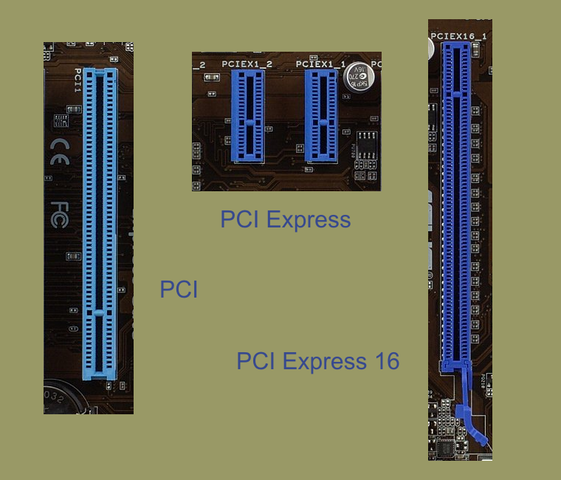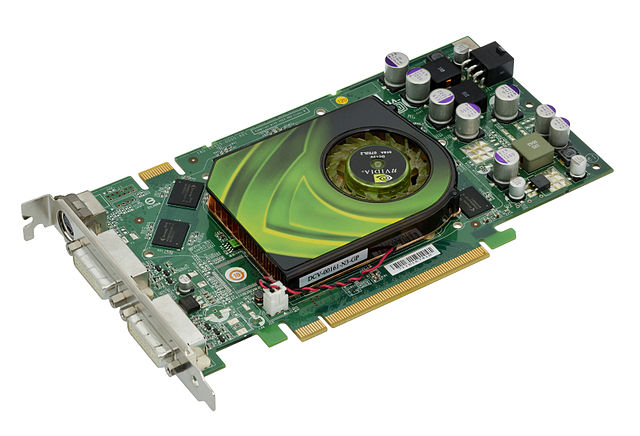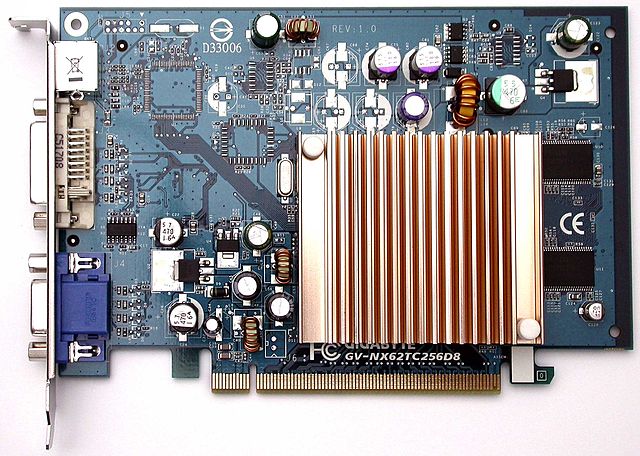3.1.2
Outline the importance of standards in the construction of networks.
Teaching Note:
INT Standards enable compatibility through a common “language” internationally.
Sample Question:
sdfsdfsf
JSR Notes:
JSR point: The need to make networks visual, so this or at least show some pictures/videos at the beginning of each class.
I. Standards in General & in IT
First of all, what do we mean by standards? Standards, in general, are a set of guidelines and/or minimum requirements of just about anything.
In terms of the usage of the word "standard", we at this school, generally expect a certain standard of behaviour from you the students, and you, in turn expect a certain standard of teaching quality from your teachers.
But it's always better when a standard can be measured a discrete, objective way. And when it comes to networking standards, we are indeed dealing with generally measurable things, such as bits per second, width of cables, and frequencies for wifi broadcast. Since most often, for networks, these things are measurable in terms of a number, one convenient way to think of standards is values, which need to be assured.
Standards in the World of IT
In the world of I.T. there are lots and lots of examples of standards which help various hardware and software parts work together, communicate with each other, and generally interact. One good example is the PCI standard for expansion cards on computers. The PCI (Peripheral Component Interconnect) is a serial computer expansion bus standard which allows expansion cards for such things as sound cards, graphics cards to be plugged into any computer with PCI expansion slots. All cards that follow the PCI standard will both be able to fit perfectly, and communicate back and forth perfectly, since the way to do so is stipulated within the PCI standard.



PCI -PCI Express 2.0 -PCI Express 16 Lucianolll CC0 1.0
Nvidia 7900GS PCI-Express x16 By Evan-Amos - Own work, Public Domain
Gigabyte Rev 1.0, By Clemens PFEIFFER, CC BY 2.5
The Importance of Standards
Standards play an important role in networking. Without standards, manufacturers of networking products would have no common ground on which to build their systems. Interconnecting products from various companies would be difficult, if not impossible.
Standardization can make or break whether new networking products catch on. These days many companies are hesitant to support new technology unless there is a standardization base from which to work. Companies want to know their products will be able to work with other products in the market, and will continue to do so. Standards are meant to assure this.
II. Standards in Networks
The first thing to note with this assessment statement is that there is another one (3.1.7) which relates to protocols, so this is more geared toward the physical construction of networks, both hardware and software. Meantime, Protocols, as we'll see, are more the rules of how to use both the hardware and software parts of the network, though it is true that protocols themselves do lay down and stipulate standards.
So first of all, here, then, is a list of some of the hardware parts and software that are necessary to physically construct a network:
PHYSICAL Networking Hardware for the Construction of Networks
The following physical components must fit certain standard measurements and capacities:
- cables, such as "cat 5" and "cat 6" Ethernet cables, and fiber optic cables used throughout the wired network of the school, for example
- plugs/terminal and sockets for those cables (for example RJ45 are the connectors at the end of Ethernet cables)
- hubs, switches, and routers, repeaters
- (The following four hardware pieces you may or may not need to know....)
- hub broadcasts a signal to all computers connected to it
- switches determine the path through which to send a signal within a network
- router connects different networks
- repeaters are needed when transmitting data over certain physical limits of cables
- gateways and (hardware) firewalls
- gateway is the entryway of a LAN to the Internet
- firewalls are the part of a network (normally part of the gateway) that filters Internet traffic
- network cards for computers and other devices
- wireless broadcast stations
- wireless receivers
- modems
Network SOFTWARE for the Construction of Networks
- server software (for all server hardware devices, such as switches and gateways)
- client software (usually built into the operating system, so stuff like the Mac System preference, and Network Utility)
- network card drivers
- firewalls (the software kind)
III. The Importance of Standards in Networking
Note that this section of the notes is the one that most reflects the actual assessment statement.
Standards in the construction of anything are important for the following general reasons, which all apply to networks:
- so parts can fit together and work together
- all Ethernet cables fit into all hubs and switches etc.
- so users can expect certain levels of performance etc.
- a CAT-5 Ethernet cable allows data transfer at a certain bandwidth
- so interacting parts do not interfere with each other
- different WiFi networks do not interfere with each other
- so equipment is safe, with electrical output etc.
- a modem will not overheat when plugged into either 110 Volt or 220 Volt sockets
Each one of the hardware and software components listed in the previous section will have standards determined and agreed upon by international standards organizations.
World-wide Nature of Networks
The main reason standards are extra important for networks - arguably more than just about any realm of human endeavor - is that networks, by definition, connect various widely distributed hardware all around the world.Network standards must all adhere to the same international standards.
Consider sending a file via the Internet to Brazil. Eventually the data you are sending will reach Brazil, and in the process, it will pass many other borders; the "data highway" must be structured the same way throughout the journey. Or consider moving to Brazil and taking your computer with you. The network card in it, and the ports for connecting to you new school's network need to work the same way here and in Brazil; they need to be standard.
Ethernet Cable Example
So tweaking out one of the examples above, a "Cat 5" Ethernet cable, has to be exactly the same around the world; it has to be the same gauge (i.e. thickness) and made of the same material, and it needs to have an exact, standard connector at the end, with the same number of wires, designated to do the same thing.
Data Router & Firewall Example
Here's another example. The router that routes on your data (via your Internet Service Provider (ISP)) has to be able to work with data packets exactly the same way as the router routing on that data through Vienna, and Berlin, and London, and on to New York, and Springfield Missouri. The routers need to adhere to certain standards. And The firewall software associated with the rounter, which you have on your computer here in Thailand needs to be able to work the same way, here as it does anywhere else in the world; for that to be true, the protocols used in sending and receiving data have to be standard around the world.
In summary, then, network construction and functioning has to be standard --> all around the world <-- if all the digital devices around the world are to be able to communicate, which is what networks are for in the first place.
_________________________________________________
Reference and Standard-Setting Organizations
There are several sources for standards. Producers of IT equipment themselves may provide standards and references for products they make - so Apple, for example will have standards that companies wishing to make Mac accessories will have to follow.
Also, standards may be created by organizations devoted to setting them up. Among the most well known are the International Organization for Standardization (know by the old acronym of ISO). From them come various kinds of certification which companies and organizations can gain, such as ISO 9000, but, interestingly, originally they were set up to create standards regarding the threads of screws used for manufacturing world-wide! Another important standards organization for networking is the Institute of Electrical and Electronics Engineers (IEEE or "I triple-E"). The Computer Society of IEEE alone has over 100,000 members made up of engineers, technicians, scientists, and students.
BELOW IS ENTIRELY OPTIONAL FROM THE FORMER CURRICULUM
JSR Notes - FORMER CURRICULUM - 6.4.2 Describe the features of communications needed for networking.
Check out page 342 of the textbook; there’s lots of good material to address this assessment statement. And at this point, you’ll note that a lot of what preceded this page in the 6.4.2 section was more general stuff – but it can all help you address what the Teaching note above gets you to focus on.
So, there are basically 6 kinds of networking listed, and you need to be able to give advantages and disadvantages, and select the most suitable of them for a given situation. I’ll let you come up with your own Adv. Disadv. chart, but here are some miscellaneous points that you may have missed.
- Ethernet transmits at what is referred to as 10 base-T, or 100 base-T or 1000 base-T. But all these values really are is Mbits/sec. So in the school lab, most of the computers are connected with 100 Mb connections, though as it so happens, 4 of them are bumped up to 1000 Mb connections (i.e. Gigabit connections). And the backbone connections between the four groups of switches in the school’s LAN are all fiber-optic Gigabit connections.
- Ethernet cables have RJ-45 jacks that are bigger than their telephone RJ-11 jack cousins. The contain “twisted-pair” wires, which are twisted for a variety of reasons, including the fact that it’s harder for them go kink up when the wires are twisted, and it cuts down on electro-magnetic interference.
- ISDN is an older technology than ADSL, but both use phone lines. What makes ADSL able to have faster connections is that the A in ADSL stands for Asymmetric, and that means that the upload and download rates can indeed be asymmetrical, i.e. they don’t have to be the same. So most Internet Service Providers will gear the download to be much faster than the upload, since downloading is more often what users want speed for.
- Not only is fiber optic expensive, but it is dangerous to work with. But because it is light, and not electrical pulses going through it, it is much more secure; it cannot be “tapped” as other wires can be.
- And in terms of wireless, you should be equipped with your own latest tidbit of information on the latest wireless trend.
Meantime, when and where to use each of these? Points to make or reinforce include the following. For places that don’t have a lot of resources, financial or otherwise, using existing telephone lines will be slow, but that’s better than nothing. And for dirt-poor regions without even reliable telephone systems, wireless is great since all you need are a few microwave towers installed, and your in business; this versus digging up or wiring up a full brand new conventional wired system. Meantime, if you already have a certain wired system to begin with, why not take advantage of that.
Basically, any cable that can carry electricity can carry digital data. And for those businesses or indeed regions and countries the financial resources to do so, the highest capacity wires possible, even fiber optic for as much as the system as is possible, is the way to go, though you’ll note in these situations it is often “the last 10 meters” that ends up the bottleneck.